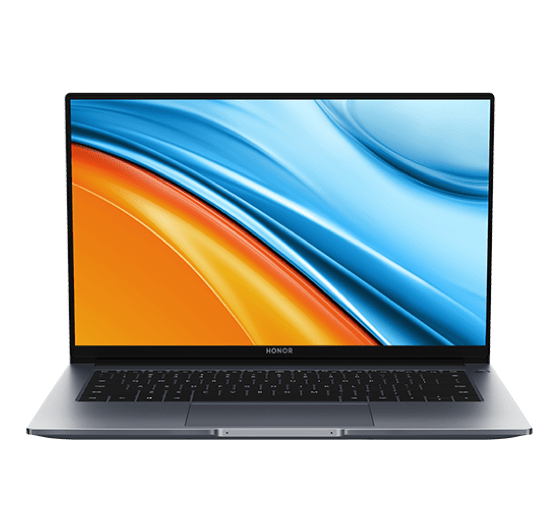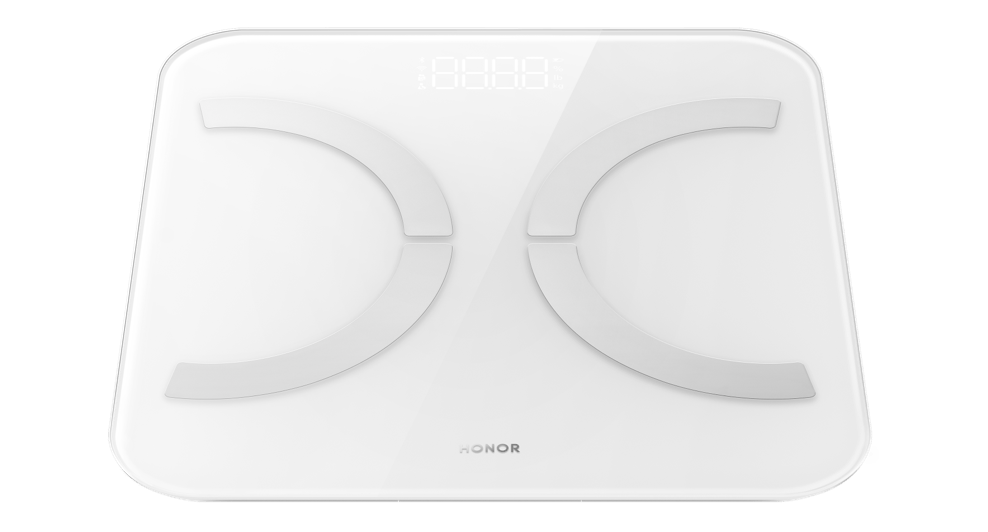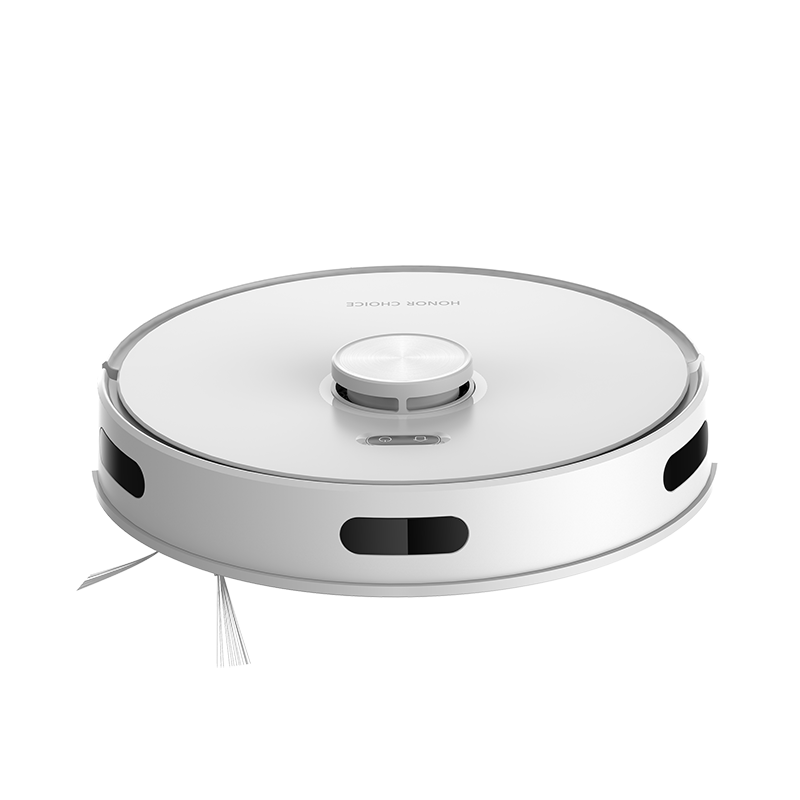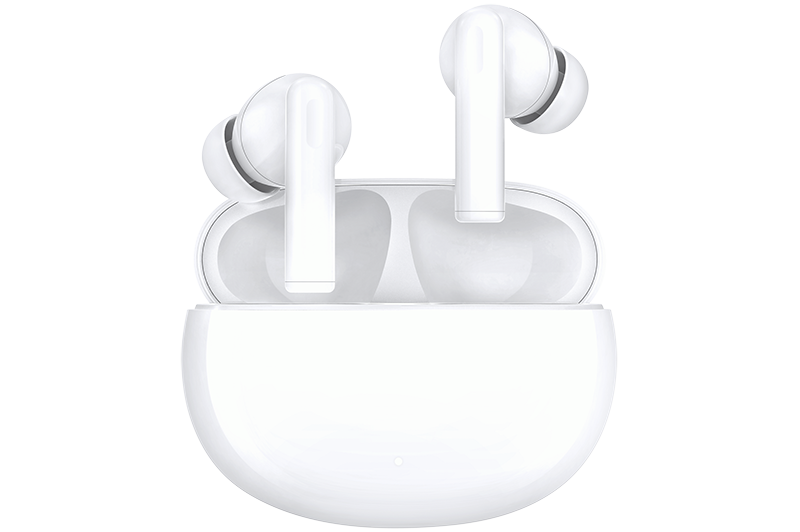TOP

我的荣耀 开启荣耀之旅
To log in to your account, you must first agree to the HONOR PLATFORM TERMS OF USE and HONOR Platform Privacy Statement. If you do not agree, you may only browse the site as a guest.

Simplify Tech: How to Format Laptop Safely & Effectively
Having a clean slate for your device can greatly improve its performance, and one method to achieve this is through formatting. This concise yet informative guide will walk you through the step-by-step process of how to format laptop, starting with understanding the difference between formatting and factory resetting, moving on to the actual procedure, and providing you with a post-format checklist to ensure you have everything in place for a smooth computer experience. Let's get started and make your formatting feel like a breeze!
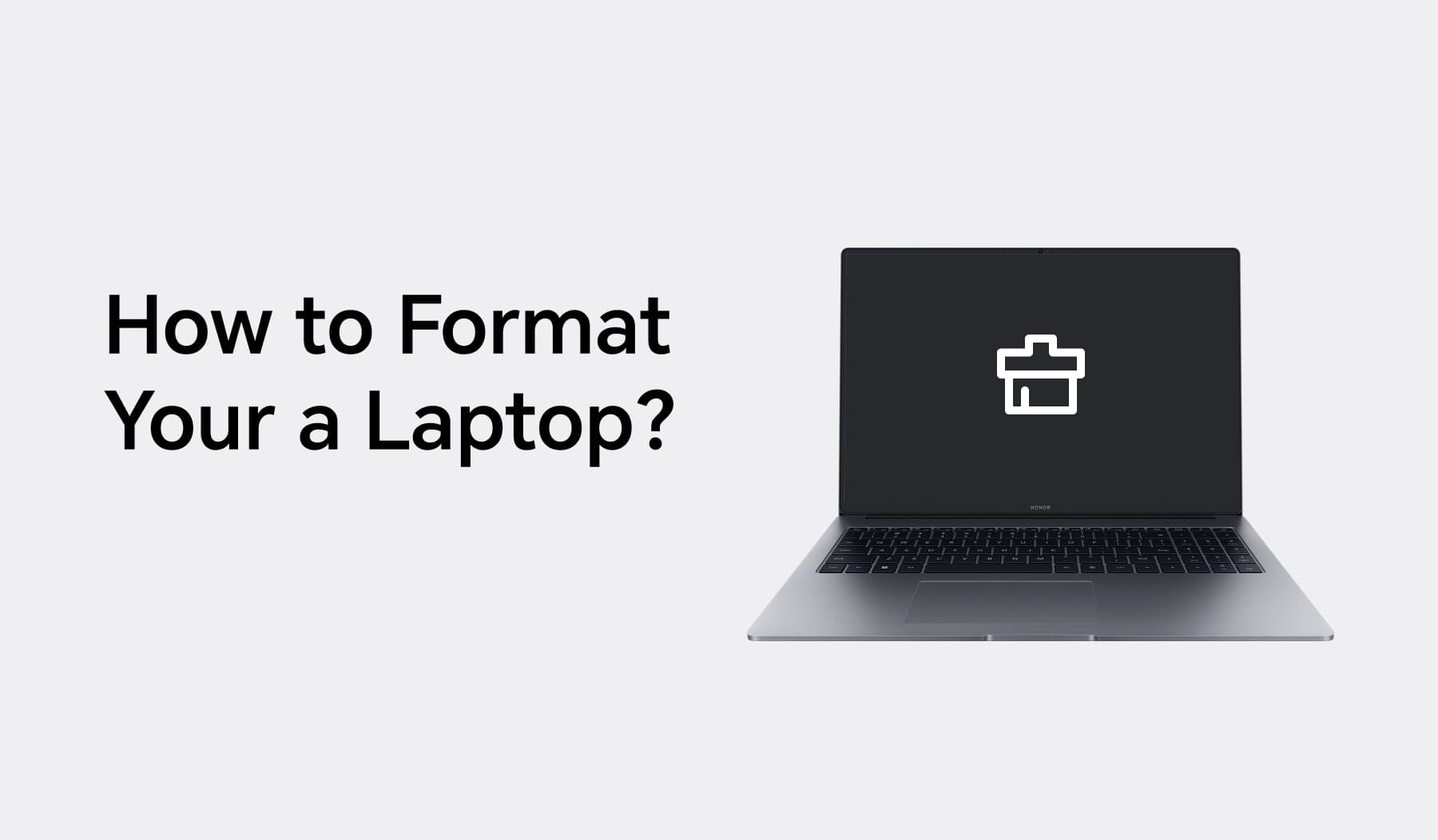
What Is Format? How Is It Different from Factory Reset?
Formatting, in the context of computers/laptops, refers to preparing a storage medium, usually a hard drive, for reading and writing. When you format a hard drive, you're essentially deleting all the data on the disk and setting up a file system so that your operating system can read and write data on the drive.
A factory reset, on the other hand, is a process that restores a device to its original manufacturer settings by erasing all information in the device and reinstalling the operating system. Essentially, it puts your system back to the "factory settings", which is beneficial if you plan to sell your device or want to start fresh.
The main difference between the two is that a factory reset includes the operating system, whereas formatting, technically, encompasses just the data on the hard drive, not the operating system.
How to Format Your Laptop?
Here's a step-by-step guide on how to format a laptop:
Backup Your Data
Before starting the formatting process, it's crucial to backup your important data. This may involve documents, photos, music, videos, software installation files, and more. You should back up your data to an external storage device like a USB flash memory drive, an external hard drive/disc drive, or a cloud storage service like OneDrive, iCloud, Google Drive, or Dropbox. This step ensures you have a copy of your important files and information even after the formatting process.
Backup Your Product Keys and Licenses
Preserve all software product keys and licenses. You'll need those keys and licenses to reinstall and activate your software once the formatting and operating system reinstallation steps are completed.
Prepare Installation Media
Ensure you have the necessary installation media on hand. This can be a USB drive or DVD containing the operating system you wish to install after formatting.
Choose the Right Format Option
There are two format options: 'Keep my files' and 'Remove everything'. 'Keep my files' will format your laptop but it will not delete your personal files, while 'Remove everything' will delete all data including apps, settings, and personal files. Make your choice carefully based on what you want to achieve from the formatting process.
Formatting Your Laptop
To format your Windows 10 laptop, go to 'Reset this PC' in the 'Recovery' section under 'Update & Security' and click 'Get Started'. Next, select 'Remove Everything' option and finally 'Remove files and clean the drive'. The laptop will automatically restart and the formatting process will begin.
Reinstalling the Operating System
After the format, you're left with an empty hard drive. At this point, you have to reinstall the operating system using the installation media you prepared earlier. The installation process may differ depending on the operating system but generally involves booting from the installation media and following the on-screen prompts to complete the OS installation.
Restoring Backed-up Data
Once the operating system is successfully installed, your laptop is almost ready to use. All that remains is restoring your data from the backup you created. Connect the external storage or access your clouds storage and transfer all your files back to your laptop. Now your laptop is good as new with a fresh operating system and all your essential data.
Post-format Checklist
1. Confirm the Successful Installation of the Operating System: Ensure that the OS has been installed without errors and that it boots up correctly.
2. Install Necessary Drivers: Before installing other software, ensure all drivers—like graphics, sound, network, and chipset drivers—are up-to-date. Many operating systems will try to do this automatically, but manual checks can ensure the best performance and compatibility.
3. Restore Personal Files and Data: Retrieve your backed-up files, documents, and other personal data, placing them back onto your laptop.
4. Connect to Wi-Fi or Ethernet: Ensure a stable internet connection for subsequent steps.
5. Update Your Operating System: Before you delve deeper into personalizing your laptop or installing many applications, check for system updates and install them. This ensures you have the latest security patches and performance improvements.
6. Install a Reputable Antivirus and Malware Protection: To safeguard your laptop from potential threats, ensure you have robust security software installed and running.
7. Set Up Regular Backups: To minimize data loss risks, configure automated backups, whether to an external drive or cloud storage.
After successfully formatting your laptop and following the essential steps to get it up and running, you might be wondering what's next. Perhaps it's time for a device upgrade or an addition to your tech arsenal?
Speaking of upgrades, we at HONOR are proud to introduce the HONOR MagicBook 15. This beauty is not just about aesthetics; it combines form with impressive functionality. Powered by the latest AMD Ryzen 5000 Series, it promises exceptional performance to meet your computing needs. The MagicBook 15 is designed for those who crave visual excellence. Its Eye Comfort FullView Display is not just a treat for the eyes with its 100% Srgb high-color range and 300-nits brightness but also ensures reduced eye strain with its TÜV Rheinland-certified low blue light and flicker-free technology.
Weighing just 1.54kg with a slim 16.9mm profile, it's the ideal companion for on-the-go individuals. Its 178° wide opening angle, long-lasting 56Wh battery, and groundbreaking triple-screen collaboration feature make multitasking a breeze. And with Wi-Fi 6 capabilities, ensuring lightning-fast connectivity, the HONOR MagicBook 15 truly embodies the next-generation laptop experience. Consider it for your next adventure – whether in work, play, or both.
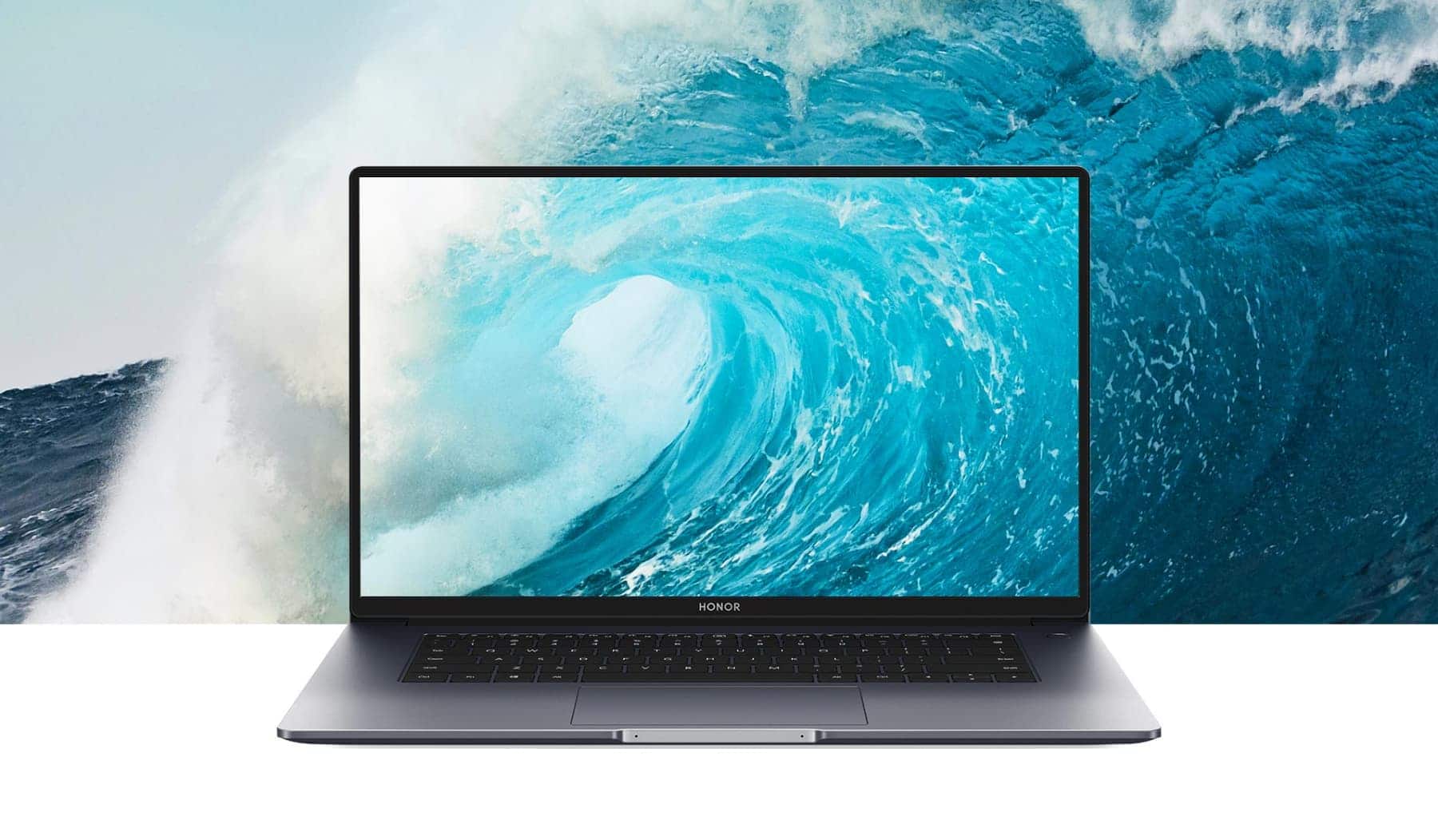
Conclusion
To conclude, understanding how to format laptop is crucial for any laptop owner. It gives you the liberation to wipe the slate clean, clear unwanted data, and refresh your system. While it's often compared to factory reset, formatting holds its unique place in maintaining the health of your laptop, and with proper knowledge at your fingertips, you can efficiently navigate through the process and even compile a thorough post-format checklist. Practice proper formatting and witness your machine operate as smoothly as on day one.
FAQ
Here are some commonly asked questions on how to format laptop.
Can You Reformat a Laptop by Yourself?
Yes, reformatting a laptop can be done by yourself. It involves a series of steps, such as taking a backup of your data, gaining a copy of the OS that you want to install, initiating the reformatting process, and reinstalling the operating system. However, proficiency in using the technical functionalities of the computer is advised to prevent potential complications.
How Long Does It Take To Format a Laptop?
Formatting a laptop is a process whose duration largely depends on multiple variables. Generally, the formatting process itself can range from 20 minutes to an hour. However, considering other aspects like the size and type of the hard drive, the method of format, and the laptop's overall speed, times can fluctuate. When you factor in additional steps such as backing up data, reinstalling the operating system, and restoring your files, the entire procedure might extend to several hours. Always allocate more time than you anticipate to ensure a smooth process.
Does Formatting a Laptop Erase Data Permanently?
Formatting your laptop does wipe the data on your hard drive, making it seem as though the data is permanently erased. However, technically, the erased files still reside on the disk until they are overwritten by new data. This is the reason that some data recovery tools can retrieve data even after a format. Therefore, for sensitive data, one might need to consider secure erase methods that overwrite the data.
Source: HONOR Club
SUBSCRIPTION
I agree to receive the latest offers and information on HONOR products through email or IM (e.g. WhatsApp) provided below and advertisement on third-party platforms. I understand that I can unsubscribe anytime according to Chapter 5 of HONOR Platform Privacy Statement.
CONTACT
Honor Technology (Malaysia) Sdn Bhd
(Registration No.: 202101003804)
1800-88-5645
9:00 AM - 6:00 PM
Copyright © Honor Device Co., Ltd. 2020-2025. All rights reserved.
We use cookies and similar technologies to make our website work efficiently, as well as to analyze our website traffic and for advertising purposes.
By clicking on "Accept all cookies" you allow the storage of cookies on your device. For more information, take a look at our Cookie Policy.
Functional cookies are used to improve functionality and personalization, such as when playing videos or during live chats.
Analytical cookies provide information on how this site is used. This improves the user experience. The data collected is aggregated and made anonymous.
Advertising cookies provide information about user interactions with HONOR content. This helps us better understand the effectiveness of the content of our emails and our website.





































